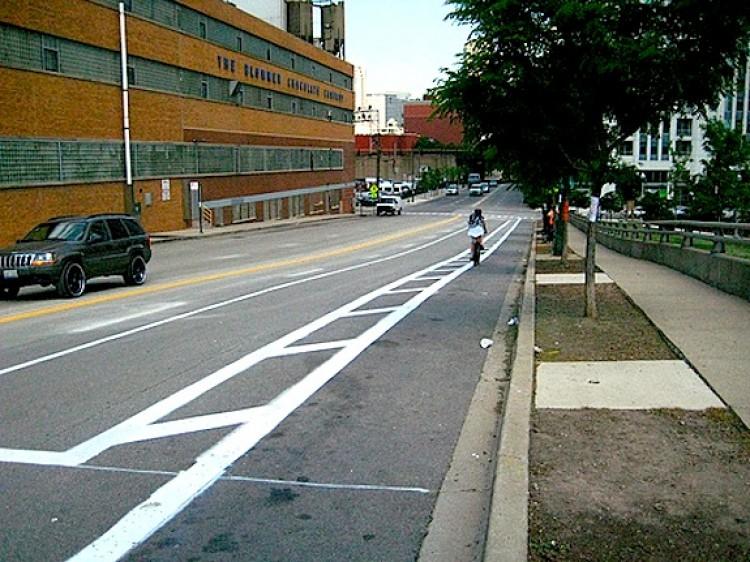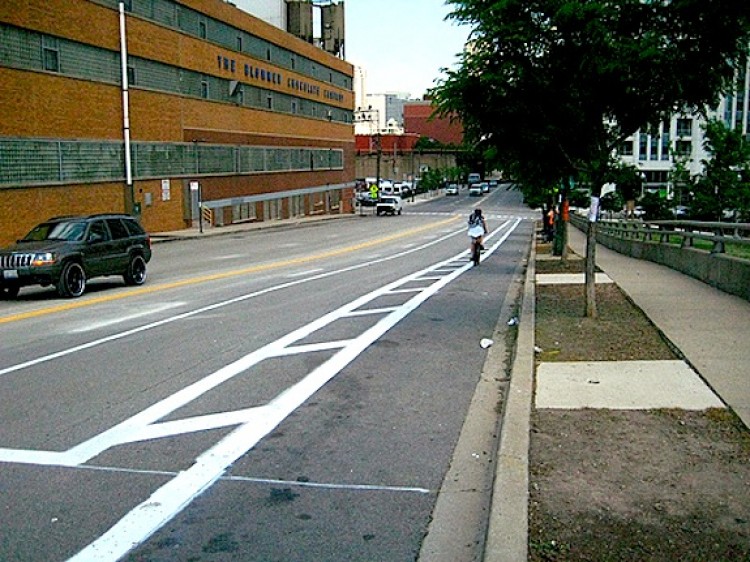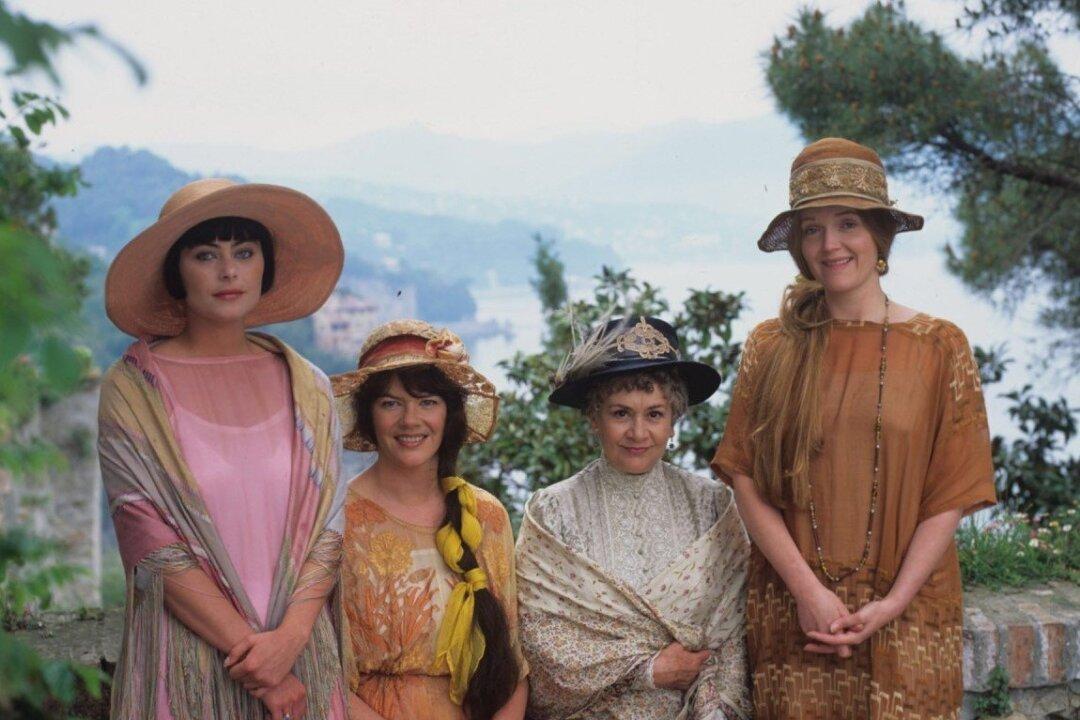Chicago Builds Protected Bike Lanes
Chicago is joining New York, Portland, Ore., San Francisco, and Washington D.C. on a short list of the nation’s cyclist-friendly cities.
|Updated:
Sharon writes theater reviews, opinion pieces on our culture, and the classics series.
Classics: Looking Forward Looking Backward: Practitioners involved with the classical arts respond to why they think the texts, forms, and methods of the classics are worth keeping and why they continue to look to the past for that which inspires and speaks to us.
To see the full series, see ept.ms/LookingAtClassics.
Author’s Selected Articles





